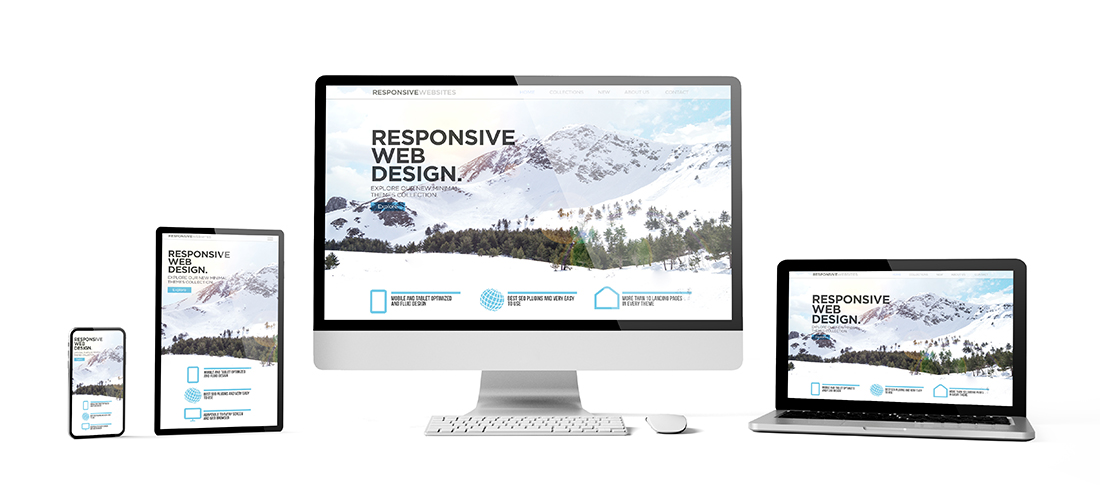The Importance and Advantages of “Content First” Responsive web design

Bibliography
- BATURAY, M. H. & BIRTANE, M. 2013. Responsive Web Design: A New Type of Design for Web-based Instructional Content. Procedia - Social and Behavioral Sciences, 106, 2275-2279
- CORRY, M. D., FRICK, T. W. & HANSEN, L. 1997. User-centered design and usability testing of a web site: An illustrative case study. Educational Technology Research and Development, 45, 65-76.
- GARETT, R., CHIU, J., ZHANG, L. & YOUNG, S. D. 2016. A Literature Review: Website Design and User Engagement. Online journal of communication and media technologies, 6, 1-14.
- GOOGLE. 2021. Mobile-first Indexing Best Practices | Google Search Central [Online]. Available: https://developers.google.com/search/mobile-sites/mobile-first-indexing [Accessed 14/11/2021 2021].
- HUI, S. L. T. & SEE, S. L. 2015. Enhancing User Experience Through Customisation of UI Design. Procedia Manufacturing, 3, 1932-1937.
